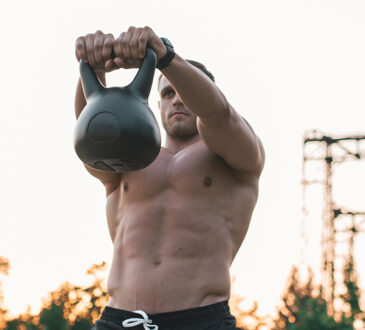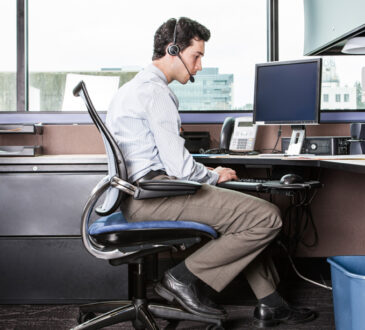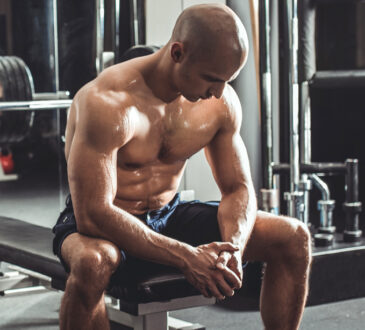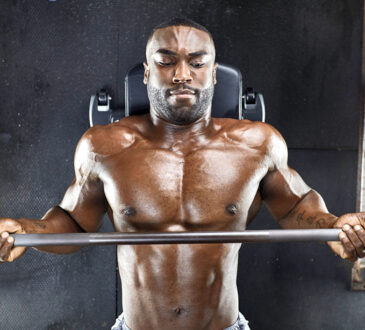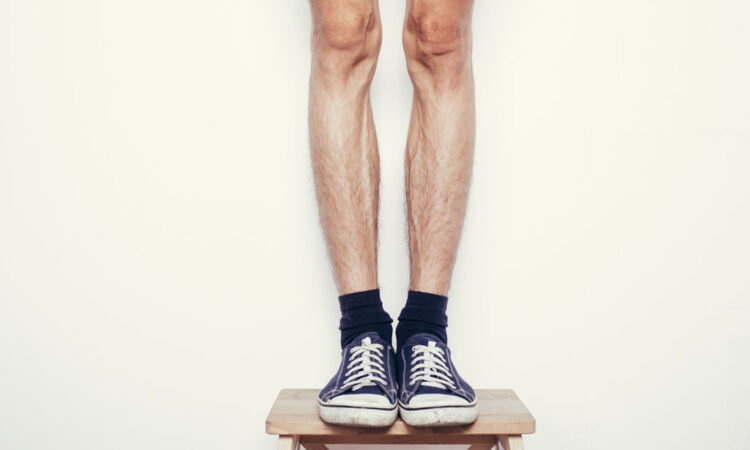
The reason you have skinny legs is obvious if you¡¯re fond of skipping leg days. But for the diehards who log the time, reps, and sets yet still see no gains in the size of their quads or hammies, zeroing in on the ¡°what¡± and ¡°why¡± this is occurring can be as puzzling as is it is maddening.
For answers, we spoke with Nick Clayton, MS, MBA, CSCS,*D, RSCC, Personal Training Program Manager for the National Strength and Conditioning Association. Follow Clayton¡¯s tips, and you might finally manage to turn those skinny legs into tree trunks.
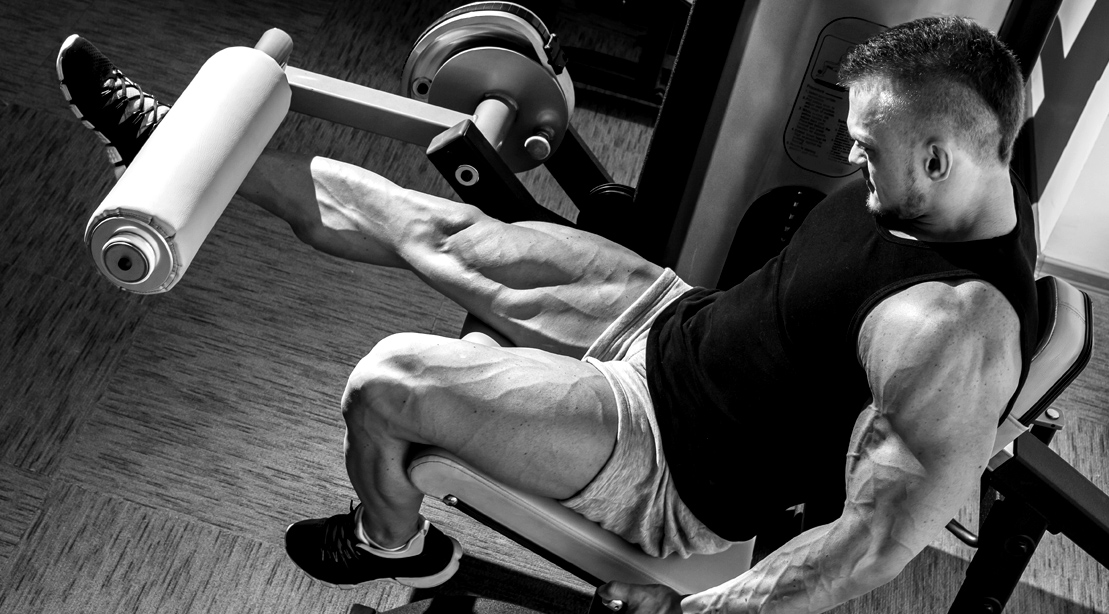
Leg Exercises
The Ultimate Leg-Training Workout
Upgrade your wheels with this multifaceted lower-body onslaught.
Read article
1 of 7
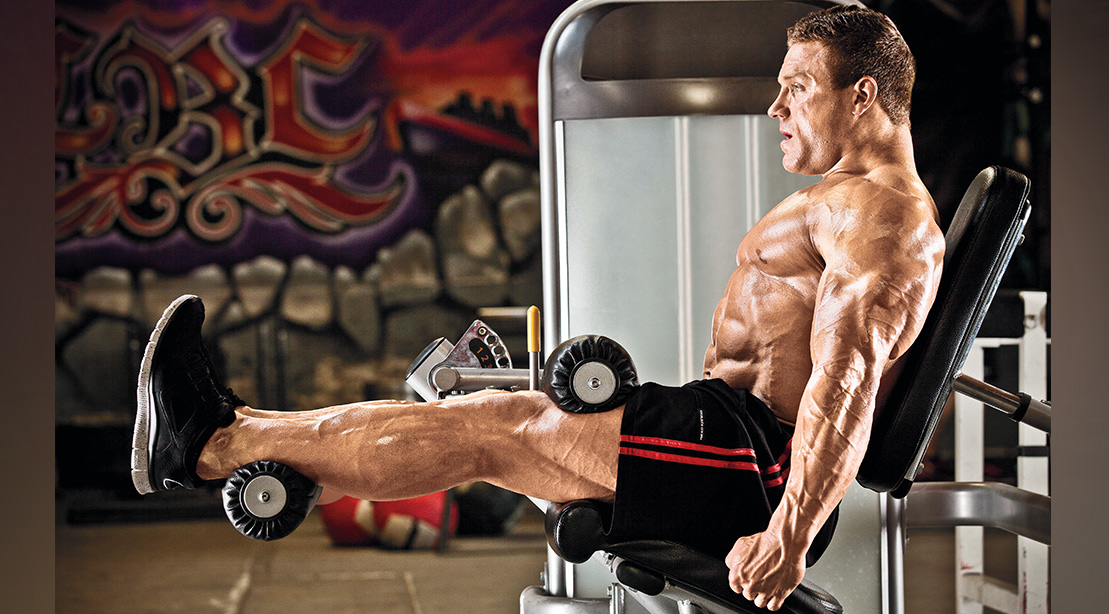
You¡¯re Not Changing Enough
Consistent change is essential to maintaining consistent growth¡ªespecially for gym rats. ¡°The longer someone has been training the more frequently they need to change things up,¡± Clayton explains.
But a key thing to remember is that the term ¡°change¡± extends beyond exercise selection. ¡°Changing things up can mean anything from a squat type to an exercise to a rep scheme,¡± he adds. ¡°Even if someone is doing the right exercises [for bigger legs] they might be doing three sets of 10 across the board.¡±
Things like giant sets, dropsets, extended sets, supersets, pyramids, and varying your rest periods other things you can use to make your next workout differ from the previous one.
2 of 7
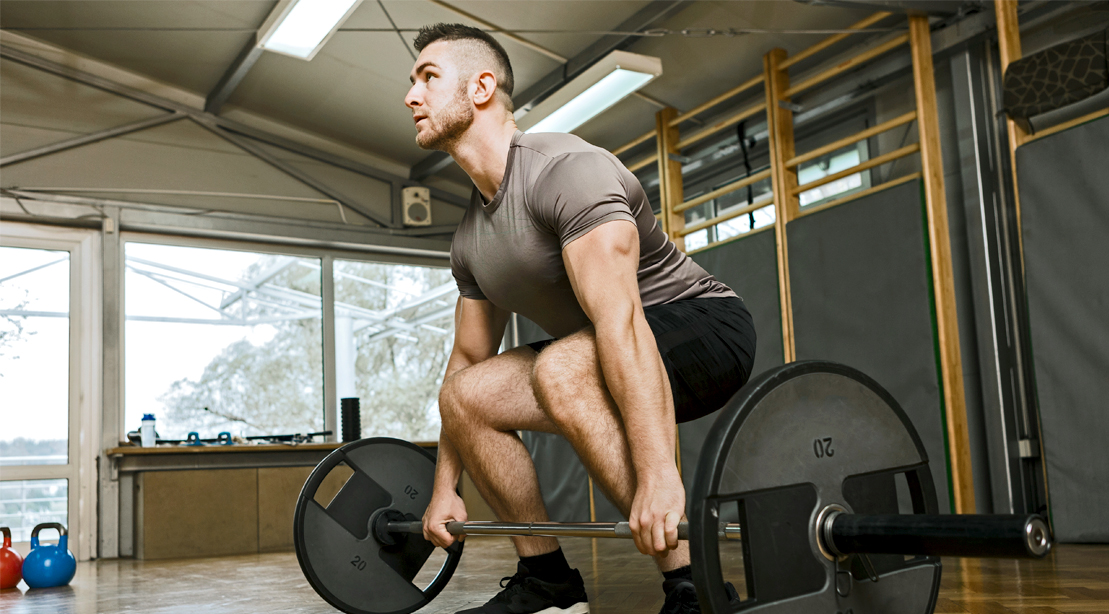
Your Legs Aren¡¯t Strong
You might hear people complain that their legs are strong but not big. To determine whether that¡¯s the case the word ¡°strong¡± needs to be defined ¡ª and Clayton¡¯s definition might differ from yours.
¡°I¡¯d consider strong legs the ability to squat two times your bodyweight and deadlift two-and-a-half times your bodyweight,¡± Clayton says. ¡°If you can squat and deadlift that and your legs are still skinny, it¡¯s probably just lousy genetics. But I don¡¯t see too many people who can do those percentages of squats and deads with skinny legs.¡±
3 of 7
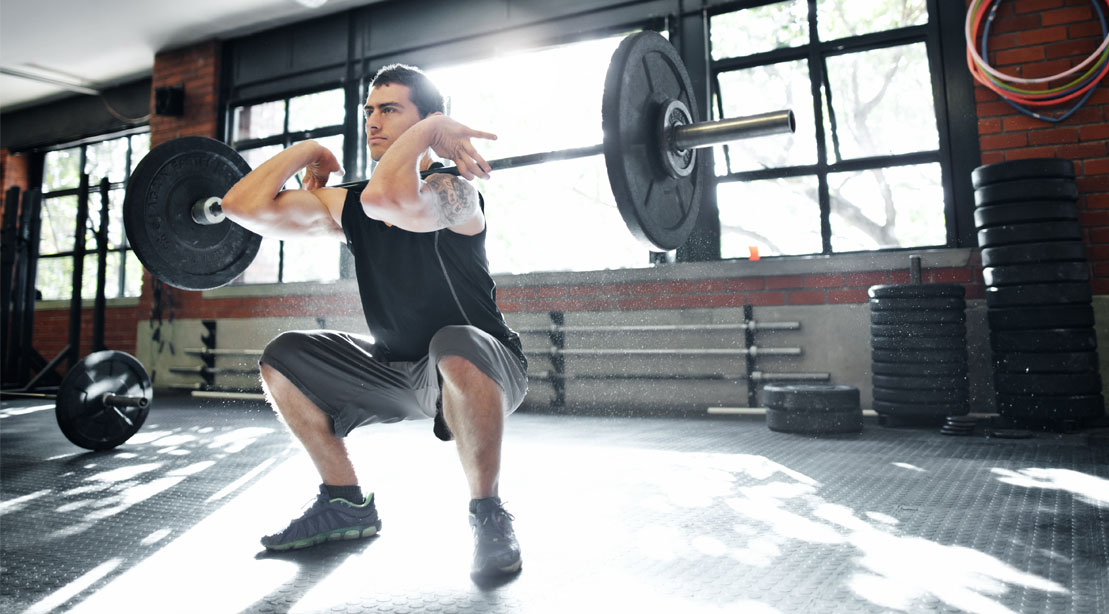
You Need More Volume Training
There are times to go big and heavy and push yourself to the max, just not all of the time. So break free of the mindset that every time you squat the bar has to be loaded with weight.
¡°There is a lot of research that supports using lower loads and higher volume to build your legs,¡± explains Clayton. ¡°For three weeks try doing a higher volume using lower weight¡ªsay 10 sets of 10 reps with something light.?Recover for a week. And then go heavy with 6-10 reps, [and then] 5 sets of 3-5 reps. And then cycle back through. Each phase will either build volume or strength, and challenge the body and nervous system.¡±
4 of 7
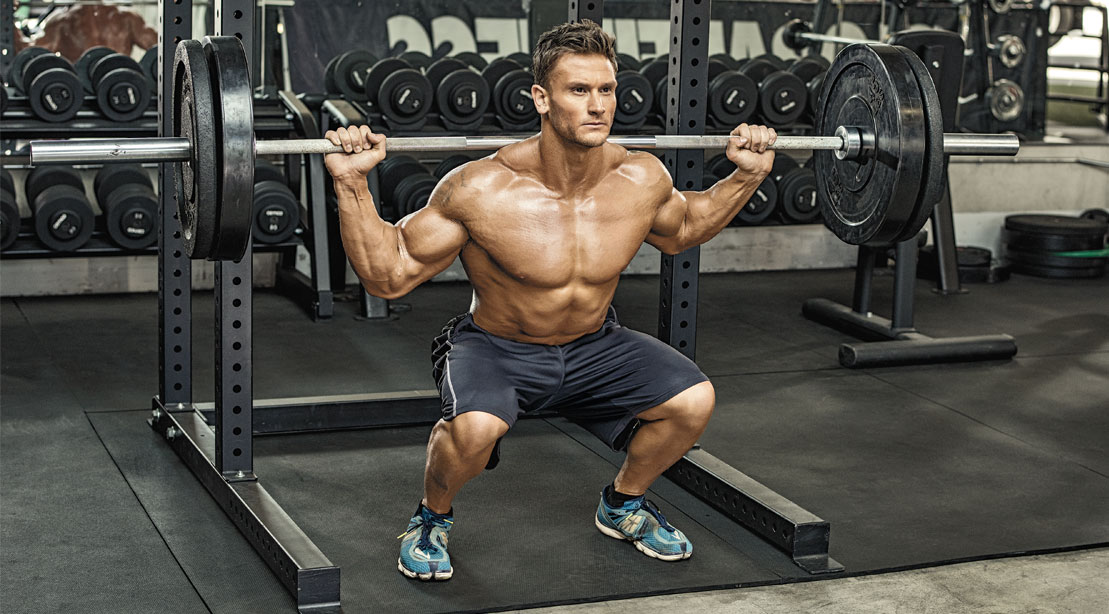
You¡¯re Making Things Too Complex
We know we said you need to change things often, and you do. But Clayton suggests keeping two things in your routine constant: the squat and deadlift.
¡°Variations of squats and deadlifts should be the keystone of every leg workout,¡± explains Clayton. ¡°Doing varieties of squats and deads correctly is the best way to get bigger. Using a new piece of equipment ¡?is a good way to get some variety in your workout, but your body will adapt to it and once that happens it¡¯s game over.¡±
5 of 7
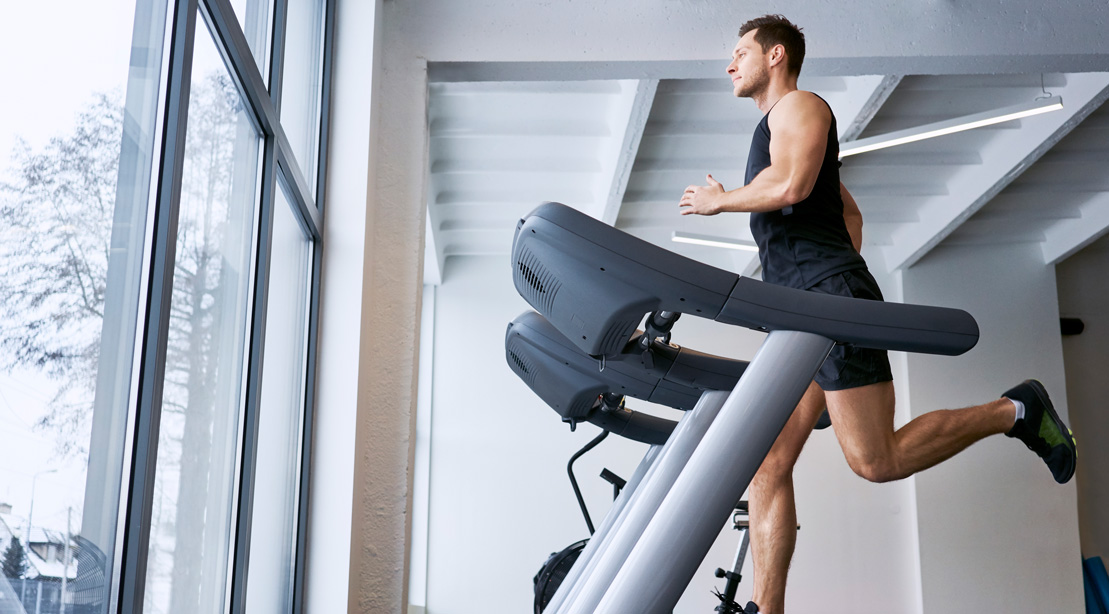
You¡¯re Doing Too Much Cardio
Doing enough cardio work to keep you from huffing and puffing whenever you take the stairs is understandable. Otherwise, it can become a hindrance.
¡°If your goal is to put on size focus on strength training and make cardio a minimum,¡± he suggests. ¡°Going long on the cardio is when you get catabolic and you start breaking down muscle. Even if you¡¯re looking to get leaner, cut the cardio down and work on metabolic conditioning with circuit-style work and high-intensity intervals ¡?so you¡¯ll keep muscle mass and burn fat.¡±
6 of 7
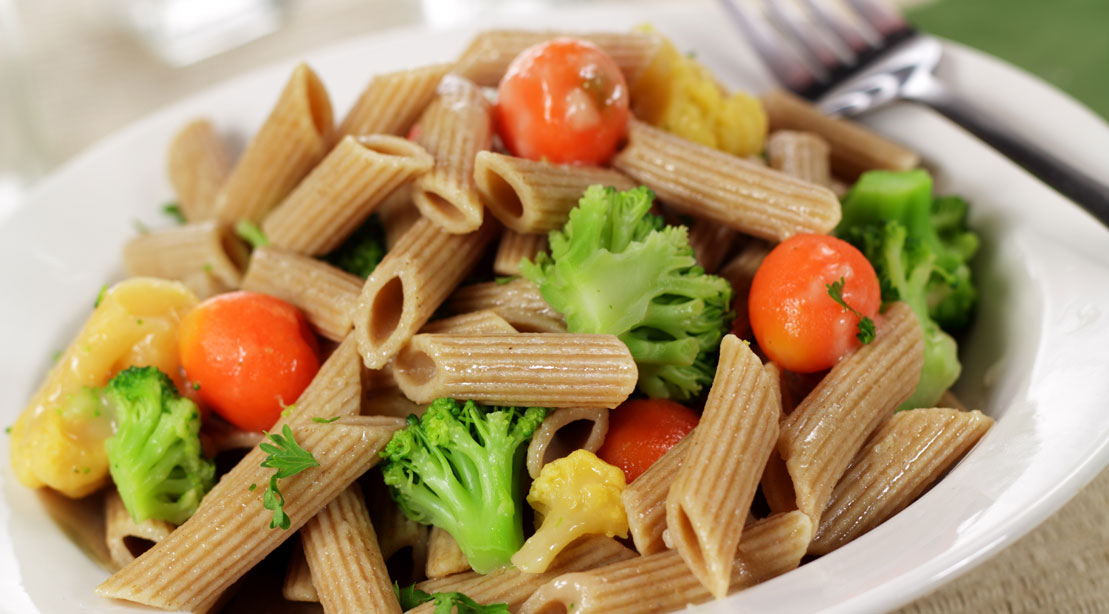
Your Carb Intake Needs to be Higher
¡°Carbohydrates are critical when it comes to building muscle,¡± says Clayton. ¡°Carbs allow you to perform at a high level and help with recovery.?Bodybuilders are 30-50 pounds over their competitive weight in the offseason. You need to get calories in, and the more the better. You¡¯ll put on some fat and a lot of muscle. You have to feed the machine. If you don¡¯t, you won¡¯t grow.¡±
For people looking to add mass, Clayton suggests constructing a diet that consists of 60% carbs, 30% protein, and 10% fats (60/30/10). If the end game is to get lean, opt for 40/30/30. However, it¡¯s also contingent upon your genetics and how active you are. So use these percentages as a guideline and make tweaks when necessary to fit your specific needs.
7 of 7
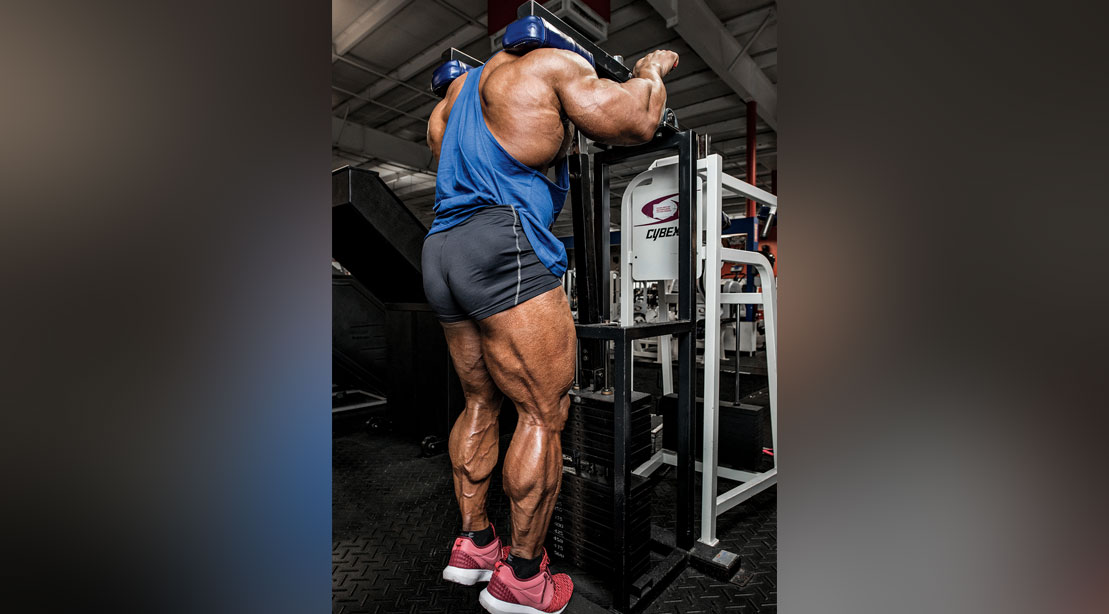
You Neglect TUT with Calf Training
You don¡¯t want to be the guy who has the body of a top. That means your calves need love, too. According to Clayton, when working with calves, focusing on rep counts can be deceiving. ¡°Squatting six reps might take you 30 seconds, but six calf raises might take you six seconds, so it becomes a time under tension (TUT) question,¡± he says. ¡°In general, you¡¯re looking at that 20-second time frame if you want to build strength,¡± he says. ¡°Size and hypotrophy should take 40 seconds, and muscular endurance is about 60 seconds. So you might need 20 reps to get that time under tension with calves.¡±

